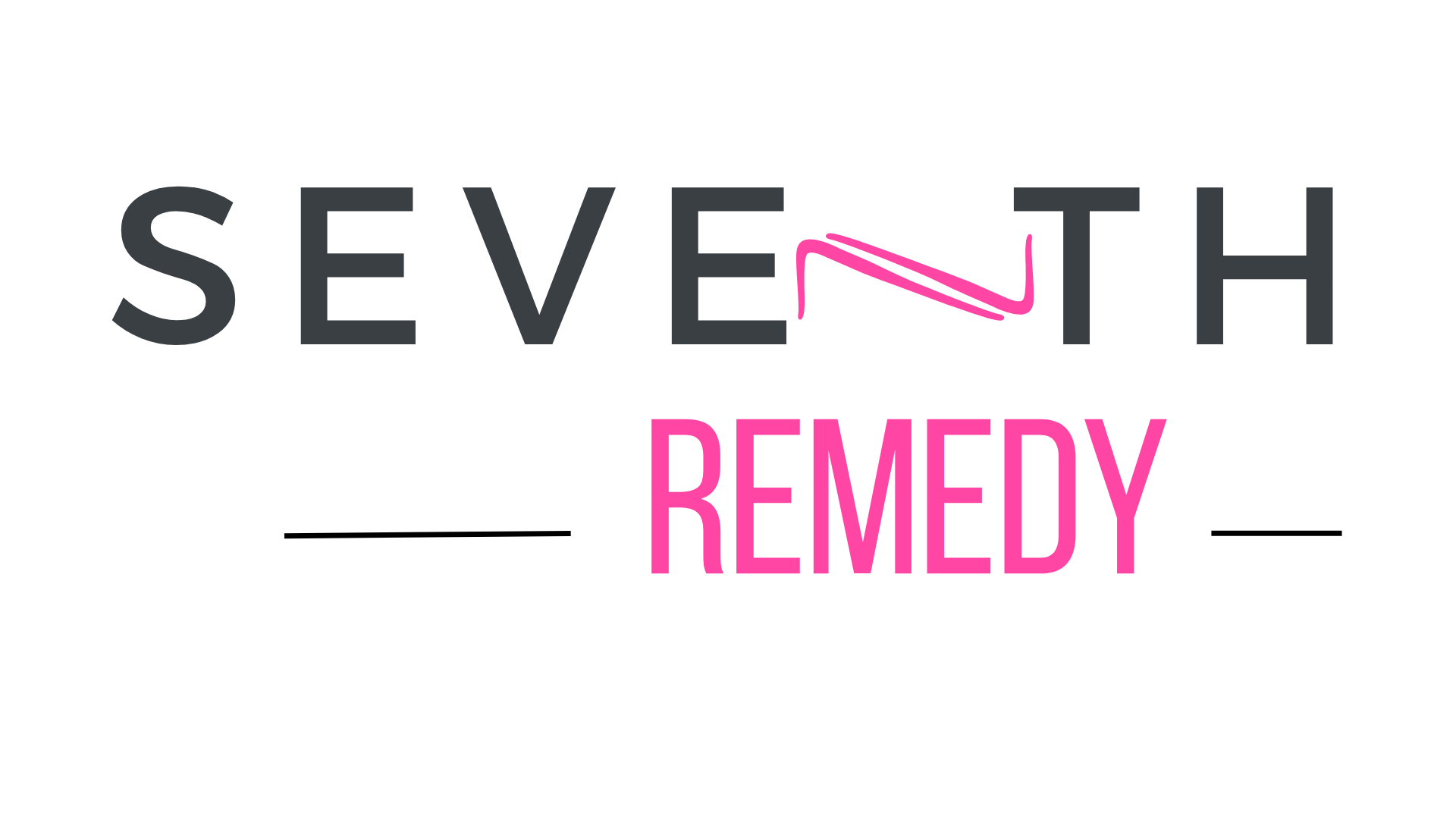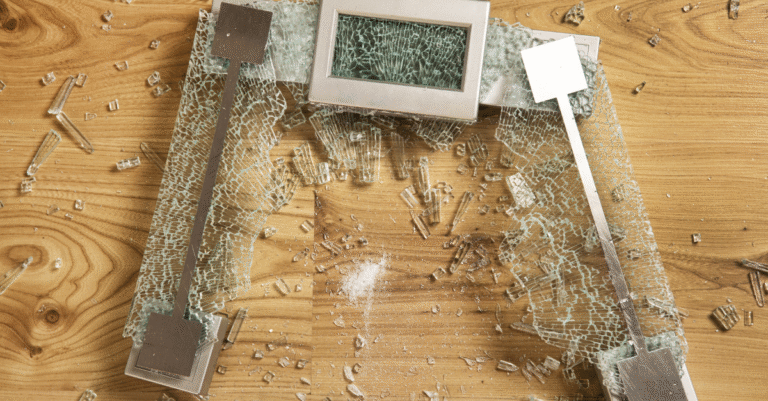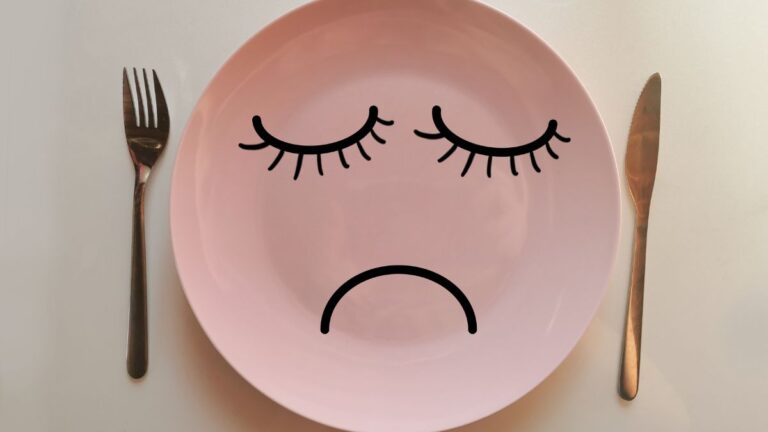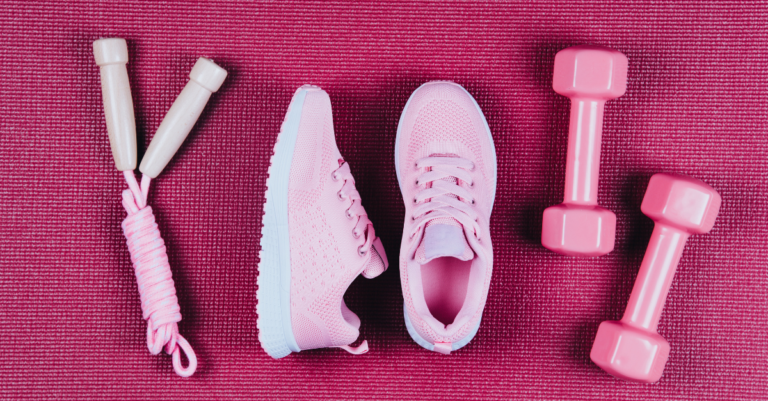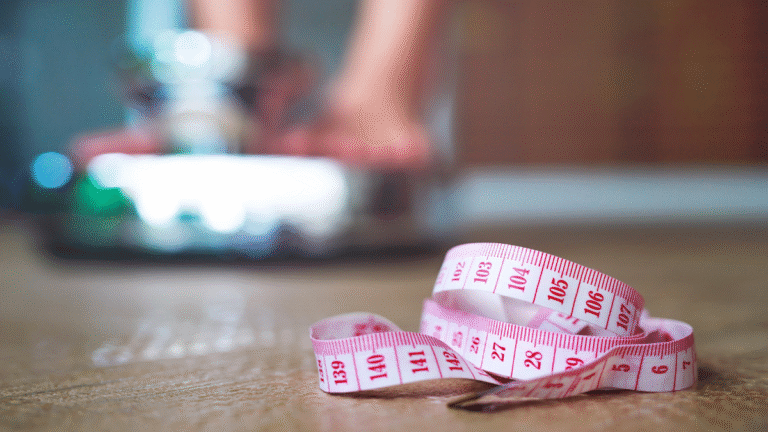GLP-1 Meds and Hair Loss: What’s Really Happening
There’s a lot of noise out there about GLP-1 meds and hair loss. You’ll see dramatic headlines and social media posts that make it sound terrifying. But when you look past the clickbait and read the actual research, it’s clear the real story isn’t so extreme.
Doctors agree: hair loss isn’t a side effect caused by the meds themselves. Instead, it has more to do with how quickly you lose weight. Fast weight loss, whether it comes from meds, surgery, or strict diets, can lead to temporary hair loss for some people. This is nothing new, and it’s not unique to GLP-1s.
Let’s talk about what the research actually shows.
Why Is Hair Loss Even a Topic on GLP-1s?
Not everyone who takes a GLP-1 medication will experience hair loss. However, for some, quick weight loss can lead to something called “shedding.”
Shedding just means you’re seeing more hair in your brush, on your pillow, or in the shower drain than you normally do. It’s not clumps or bald spots, just more loose hair than you’re used to.
This doesn’t mean you are doing anything wrong, or that the meds are causing it; it’s just how your body responds to rapid changes.
Other Reasons Hair Sheds
It’s completely normal to lose (or “shed”) hair every day, no matter your weight or health status. Most people shed 50 to 100 hairs per day (sometimes even more if you have long hair), and this can go up and down with age, hormones, seasons, or just genetics.
Here are a few reasons why you might notice more shedding or thinning, even with no weight loss:
- Aging: Hair growth slows down over time. The follicles get “tired” and more hairs shift into the resting (shedding) phase (more on this later).
- Hormones: Changes in estrogen, thyroid, or even small shifts in stress hormones like cortisol, can affect hair growth. Perimenopause and menopause, especially, can trigger gradual thinning.
- Genetics: Some people are simply more likely to have “thinning” in their 30s, 40s, or beyond, even with no health problems.
- Length: Longer hair is more noticeable when it sheds (a single long strand looks like “a lot” compared to a short one).
- Seasons: Many people shed more in the spring or fall; it’s a real, studied phenomenon called “seasonal shedding1.”
- Styling/Wear & Tear: Frequent ponytails, heat, or brushing (especially if hair is wet) can contribute to breakage that looks like extra shedding.
If you still have a lot of hair, no big bald spots, and your overall health is good, this type of shedding is considered normal. If you ever see sudden, dramatic thinning or patchy loss, or you’re just worried, it’s always okay to check with a dermatologist to rule out other causes.
The Hair Growth Cycle: What’s Supposed to Happen
Your hair doesn’t grow and fall out all at once. Each strand is on its own timeline, moving through these phases:
- Growing Phase (Anagen): Most of your hairs (85–90%) are in this phase, getting longer every day. This lasts anywhere from 2 to 7 years.
- Transition Phase (Catagen): For about 2 weeks, growth stops and the root (follicle) of the hair shrinks. Only 1–3% of hairs are in this stage.
- Resting Phase (Telogen): About 10-15% of your hairs “pause” for a bit. This stage lasts 2 to 4 months.
- Shedding Phase (Exogen): After resting, old hairs fall out (about 50–100 strands each day), and new ones start to grow.
Because this is the natural cycle, you don’t usually notice it happening. But if your body is under stress (like rapid weight loss), a bunch of hairs can “jump” into the resting stage all at once. You won’t see the change right away. Then, 2–3 months later, those resting hairs start falling together. That’s when you notice more strands in the shower or on your pillow; this is the big “shed event.”
Why Fast Weight Loss Triggers More Shedding
Your body’s main job is to keep you alive. When you drop weight quickly, especially if you aren’t eating enough protein or getting enough nutrients, your body freaks out a little. It wants to protect you and conserve energy for the “important” things, like your brain, heart, and muscles, so hair growth drops way down the priority list.
Your body basically sends a message to your hair follicles, and your hair follicles hit pause (go into “rest mode”) so that essential resources are used where they’re needed the most.
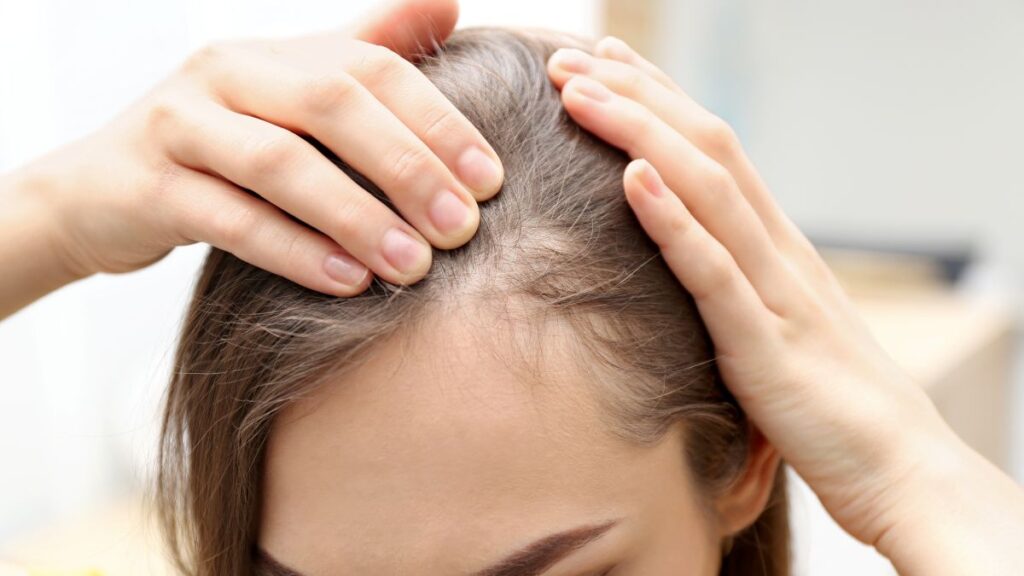
Two Main Hair Loss Patterns2
Telogen Effluvium (TE) – This is the most common type linked to quick weight loss.
- Sudden, all-over shedding.
- Hairs come out in the shower, on your brush, sometimes even your clothes.
- Usually starts about 2–3 months after weight loss kicks in.
- It almost always grows back once nutrition and weight level out.
Female Pattern Hair Loss (Androgenic Alopecia)
- Gradual thinning, usually at the crown or part.
- Runs in families (genetic) and is permanent.
- Losing weight fast doesn’t cause this, but it can expose or speed it up if you’re already predisposed to it.
- This type may need more targeted treatment.
Both patterns fall under “nonscarring” hair loss, meaning the hair follicles aren’t dead; they just need the right conditions to start working again.
What the Science Shows
Researchers presented one of the largest studies3 on this topic at the 2025 European Academy of Dermatology and Venereology (EADV) Congress in Paris. They compared nearly 550,000 people taking GLP-1 meds to an equal number who weren’t.
Here’s what’s consistent:
- More people saw hair shedding after rapid weight loss, no matter the method.
- GLP-1 meds did not directly harm hair follicles.
- Hair regrew for most people once nutrition and weight stabilized.
- If you already have a genetic risk for thinning, fast weight loss can move the timeline up, but it isn’t the main cause.
You’ll see the same pattern in people after bariatric surgery or strict diets.
Nutrients Your Hair Needs & Where to Find Them
Hair is mainly made of keratin, a type of protein. To grow well, it also needs regular fuel:
- Protein (in your diet) – Chicken, turkey, fish, eggs, Greek yogurt, beans, and lentils
- Iron – Red meat, spinach, lentils, pumpkin seeds, fortified cereals
- Zinc – Oysters, beef, pumpkin seeds, chickpeas, cashews
- Vitamin D – Fatty fish (salmon, mackerel), egg yolks, fortified milk or plant milks, mushrooms (especially those exposed to UV light)
- Vitamin B12 – Salmon, tuna, eggs, dairy, fortified plant milks or cereals
If you aren’t eating enough of these (easy to do when your appetite is down), your body doesn’t have what it needs for hair growth.
What Can You Do to Help Your Hair?
Slow Down: I know it’s hard when you’ve waited years to see the scale move. It’s normal to want fast results. But real progress is about more than the number you see. Slowing down a bit gives your hair (and your body) a chance to adjust and stay healthy. Try to notice wins beyond just weight, like feeling stronger, more energized, or having more confidence.
Hit Your Protein Target: Even if you’re not eating full meals, your hair still needs enough protein every day. If big meals feel impossible, spread small protein sources through snacks or tiny bites, like a spoonful or two of Greek yogurt, a few slices of turkey, or a protein shake sipped slowly. Think of protein like a daily goal, not a “meal” you have to finish.
Check Your Labs: If they aren’t already, ask your doctor to check your levels of iron, ferritin, zinc, vitamin D, and B12. They will help you replace what’s low.
Be Gentle With Your Hair: Skip the tight ponytails or buns and harsh chemicals. Use a wide-tooth comb and let hair air-dry when possible. Limit hot tools if you can.
Ask For Help Early: If you see heavy shedding or your scalp is showing, see a dermatologist. Early help means more options.
Common Questions
Q: Is the GLP-1 drug destroying my hair?
A: No. It’s the rapid weight loss and lower intake of key nutrients. The medication doesn’t attack hair follicles.
Q: Will my hair grow back?
A: Most hair grows back in 3–6 months as your body adjusts, unless you have a genetic pattern of hair loss.
Q: Will supplements fix it?
A: Supplements help if you’re truly low on something, but they can’t fix rapid loss if you’re not eating enough or if the loss is too quick.
Q: Should I stop the medication?
A: Never stop without talking to your doctor. Most hair loss is temporary.
Bottom Line
GLP-1 meds don’t directly cause hair loss. It’s all about how your body responds to rapid weight loss and lower nutrition from any method.
If you go slow, eat enough protein, and check your key nutrients, your hair is likely to bounce back. Bring your doctor or a dermatologist into the loop if you’re worried.
Give your body (and your hair) some grace, a little patience, and the nutrients it needs. Real (lasting) change takes time.
Resource
Much of the research and data for this post came from Telogen Effluvium and Androgenic Alopecia Rates High Among GLP-1 Receptor Agonist Users published on Medscape, September 17, 2025.
- Kunz M, Seifert B, Trüeb RM. Seasonality of hair shedding in healthy women complaining of hair loss. Dermatology. 2009;219(2):105-10. doi: 10.1159/000216832. Epub 2009 Apr 29. PMID: 19407435. https://pubmed.ncbi.nlm.nih.gov/19407435/ ↩︎
- Telogen and Anagen Effluvium, Updated: Jan 23, 2025 | https://emedicine.medscape.com/article/1071566-overview?_gl=1bw1zrz_gcl_au*NDUzNDkxNjYzLjE3NTkwMDQ1ODAuMTYyNTE3OTE5Ni4xNzU5MDExNDY3LjE3NTkwMTE0Njc. ↩︎
- Telogen Effluvium and Androgenic Alopecia Rates High Among GLP-1 Receptor Agonist Users https://www.medscape.com/viewarticle/telogen-effluvium-and-androgenic-alopecia-rates-high-among-2025a1000oo9?ecd=mkm_ret_250926_mscpmrk_derm_top-content_etid7750517&impID=7750517&icd=login_success_email_match_norm ↩︎
Photo Credits
Woman with Hair Loss by rattanakun
Young Woman with Hair Loss Problem by Africa images
This article is for educational purposes and is not intended to replace medical consultation. Always consult a healthcare professional before making health-related decisions.
Most programs teach exercise.
The Remedy Method retrains how your body communicates: how your brain, muscles, and movement work together again after change.
It blends corrective exercise, Pilates control, and progressive strength in a way that helps your body relearn balance, rebuild strength, and move with confidence again.
If your body feels different and you’re not sure where to start, this is the method designed for exactly that.
